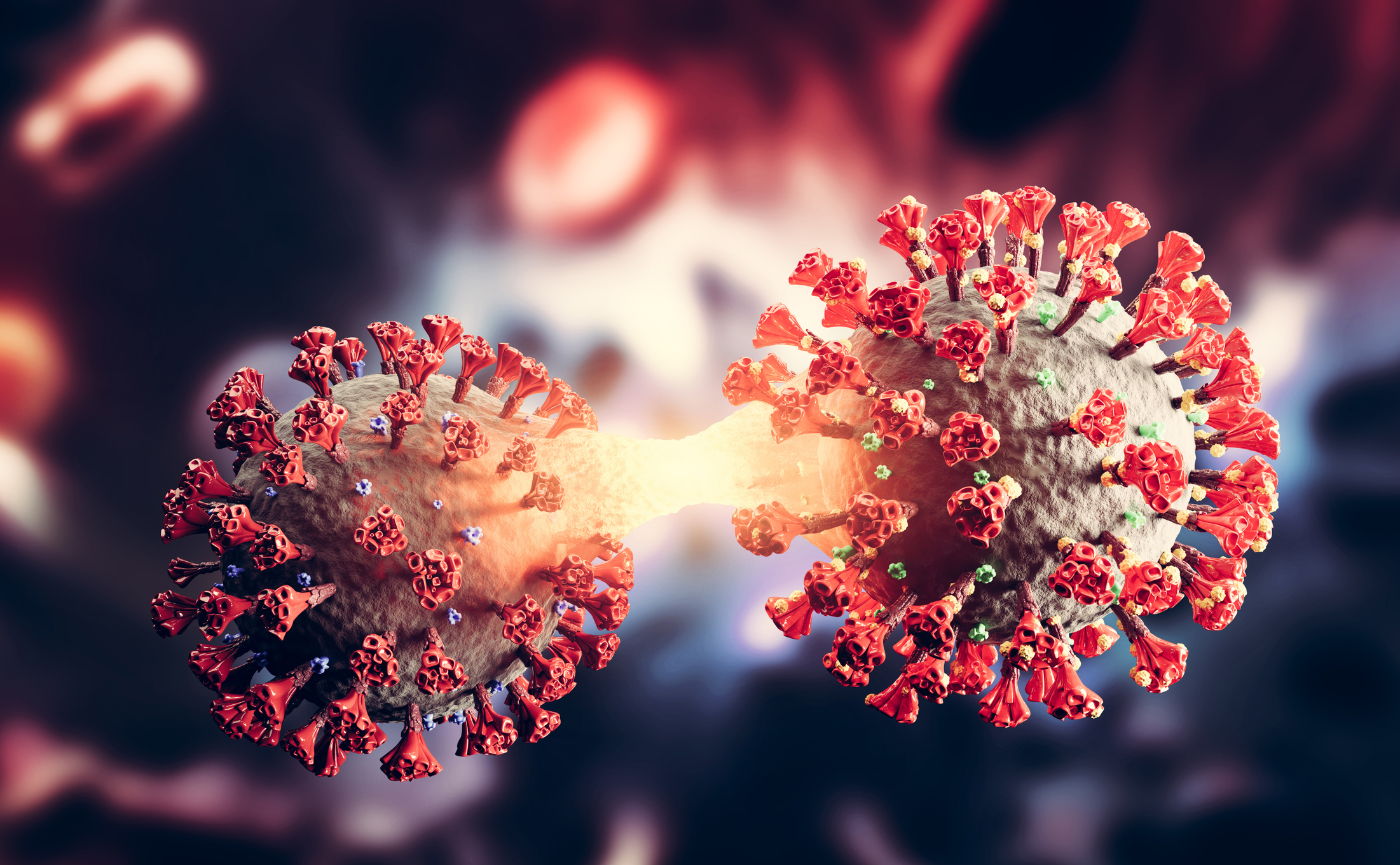
A new COVID-19 variant called XEC is spreading overseas and experts warn it could reach Australia within weeks.
Monash University epidemiology and preventive medicine Associate Professor James Trauer said two variants have combined to create XEC, which may become the new dominant type.
As case numbers rise, here is everything you need to know.
READ MORE: Significant digital data in accused Russian spy case
https://twitter.com/Mike_Honey_/status/1835107922797588806?ref_src=twsrc%5Etfw
What is the XEC COVID-19 variant?
XEC is a combination of two other variants, FLiRT and FLuQE, according to COVID-19 data analyst Mike Honey.
Trauer said it appears to have a fitness advantage over the two other variants and will likely overtake them as the dominant one.
What are the symptoms?
Although still new, symptoms of the new variant are believed to be similar cold or flu like ones of its predecessors.
These include: a high temperature, cough or sore throat, aches and tiredness or fatigue.
Trauer said until there are more cases, there isn’t enough data to analyse whether there are any other symptoms to look out for.
READ MORE: Alleged gang founder charged with smuggling $6 million of meth
How widespread is it?
XEC was first identified in Berlin, Germany in June but cases have since spread rapidly, according to Honey.
The variant has been recorded in 27 countries, including Denmark, the Netherlands, Poland, Norway, France, the United Kingdom, Ukraine, the United States and Canada.
Trauer added an increase is being seen in the northern hemisphere as they head into winter.
https://twitter.com/Mike_Honey_/status/1824759622101840041?ref_src=twsrc%5Etfw
Is the new variant in Australia?
No – or not yet.
Trauer said the variant may reach our borders as early as within the next few weeks.
“Anybody who is infected with COVID in Germany has a one in eight chance of it being this new variant and then they can get on a plane and come here,” he said.
“There’s every chance it will arrive here quite soon.
“Then I suppose the question is whether it will replace what we’re currently seeing that’s circulating here, which is likely.
“As long as its not associated with big new epidemic waves or increased severity, then we don’t need to be very particularly worried about that.”
READ MORE: ‘Underwater tango’: Rare footage shows grey nurse sharks courting
Is the new variant of COVID worse?
XEC may possess an advantage due to its unusual T22N mutation, according to Honey.
It is growing at 4.6 per cent per day, and 32 per cent per week.
The variant is spreading at particularly rapid rates in Denmark and Germany.
”This is still the fastest growth of any contender I am aware of,” Honey said on X.
Symptoms-wise, it is too early to tell whether it is worse than previous variants.
“One of the main markers they’d be looking at the proportion of people with the new variant who end up having to be admitted to hospital. That would be a marker that would suggest it could be more severe,” Trauer said.
“But for the last several variants, there hasn’t been a signal like that.”
READ MORE: Fears feral deer will become ‘Australia’s next rabbit plague’
Will the current COVID vaccines protect against XEC?
Trauer said the vaccine we have is reasonably well-matched to the new variant.
“The one that we have is pretty good. If you’re concerned, I would get a vaccine with whatever is currently available,” he said.
He added that people should follow the guidelines for their vaccine and booster shots.
“The guidelines are fairly clear if you’re in a risk group, particularly if you’re over 75, you should be getting a booster vaccine every six months,” he said.
How do I tell if I have COVID XEC?
The best way to tell if you have the new variant is to first check your symptoms and then do a rapid antigen test.
The Australian Health Department urges anyone who tests positive to not visit high-risk places like hospitals and aged and disability care settings for at least seven days, or until symptoms are gone.
This is in the instance the person infected is not seeking immediate medical care.
The department also recommends avoiding contact with people who are at higher risk of severe disease, like the elderly, wearing a mask, working from home where possible and practicing good hygiene.
“It’s not like it once was … it’s more important to isolate when you actually have the symptoms and think you’re more likely to be infectious,” Trauer said.
links to content on ABC
9News





